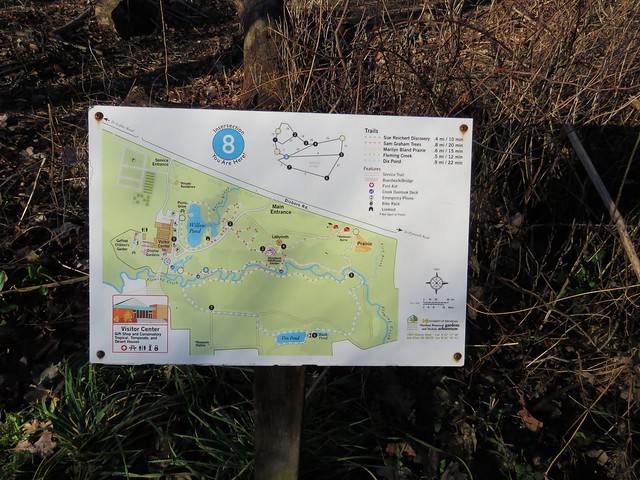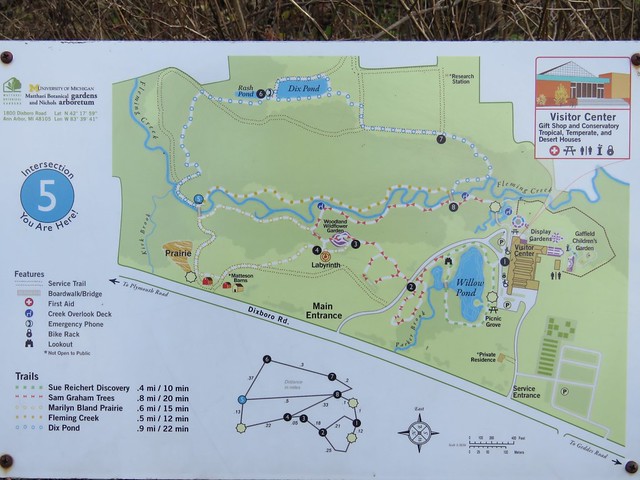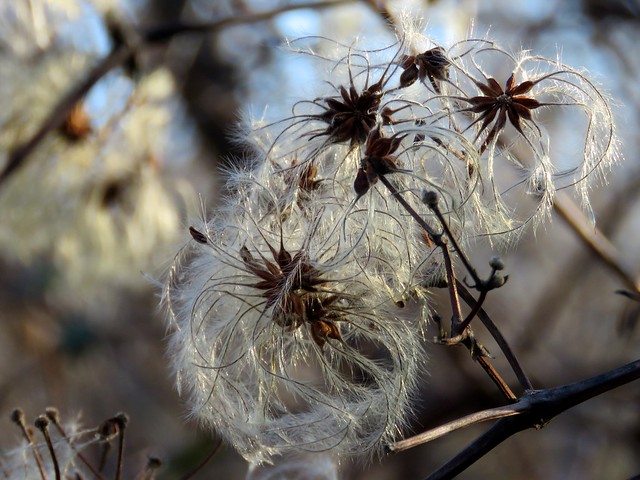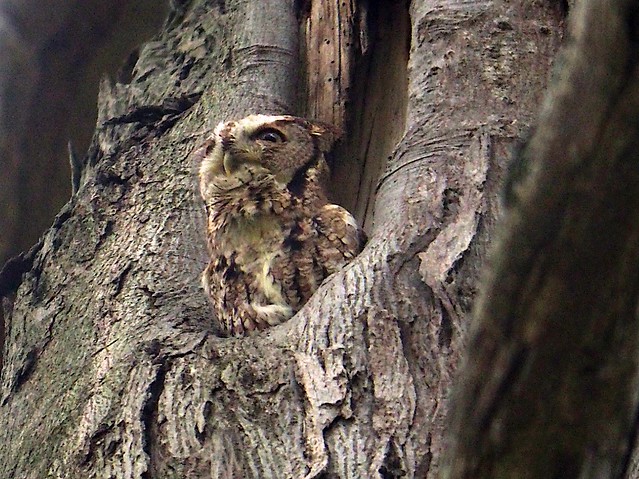My book club is going to discuss
Ungifted by Gordon Korman. Though we are all adults, we're reading a YA book, so I have written some questions that seem usable by an adult discussion group. I enjoyed the book and found it very amusing. though somehow the questions seem rather serious.
1. Since we’ll get around to it eventually
anyway, who wants to tell a story of their own Middle School/Jr. High
experiences?
2. Alice who is 12 and liked the book
suggested two discussion questions about Donovan Curtis, the central character:
A. If he would stay at the gifted school would it
be good or bad for him?
B. Why did Donovan’s sister feel so comfortable
with the gifted kids?
3. Donovan’s perceptions of the
differences between the schools are a key element of the book. Sort of typical, a passage written by Donovan:
“Classes at my new old school
weren’t better, exactly, but at least I understood what was going on. I’d been
faking it for so long at the Academy that it was startling to suddenly know
actual answers. I even raised my hand a few times in math, until Sanderson
bounced a spitball off my skull and hissed, ‘Dude— this isn’t the Academy!’
“And I couldn’t help thinking, No,
it sure isn’t. You can see it in the paint job, and taste it in the bad cafeteria food.
You can hear it in the dead air that hangs in the classroom when the teacher
asks a question. You can smell it in the sweaty gym socks— so different from
the synthetic-oil aroma of a set of Mecanum wheels.” (p. 215).
A. Do gifted kids in our society really get
treated better to the extent that the book implies?
B. In this and many other passages when
Donovan describes the situation at the school, the relationships between the
teachers and students, the attitudes and social pressures among the kids, and
much more, he’s incredibly perceptive and his observations are amazing. Is this
convincing? Is he a believable observer?
4. Did you find the portrayals of the kids/teachers/administrators
excessively stereotyped? Is there balance between the predicted behavior of the “gifted” and the “ungifted” and their
self-awareness as revealed in their alternating narratives?

















































